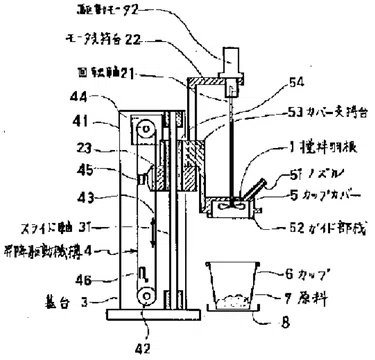
Most patent litigators know that the reverse doctrine of equivalents exists, and provides a way to argue non-infringement even if an accused product meets the literal terms of a claim. But it tends to be one of those issues that floats around in the ether, waiting for the right case, and it is rarely applied in practice.
Judge Connolly had an occasion last week to address the issue, resolving a motion for summary judgment of no reverse DOE, and took the opportunity to dig into some of the history of the reverse doctrine of equivalents. He first quoted the Federal Circuit's description of what the doctrine is:
the reverse doctrine of equivalents . . …





